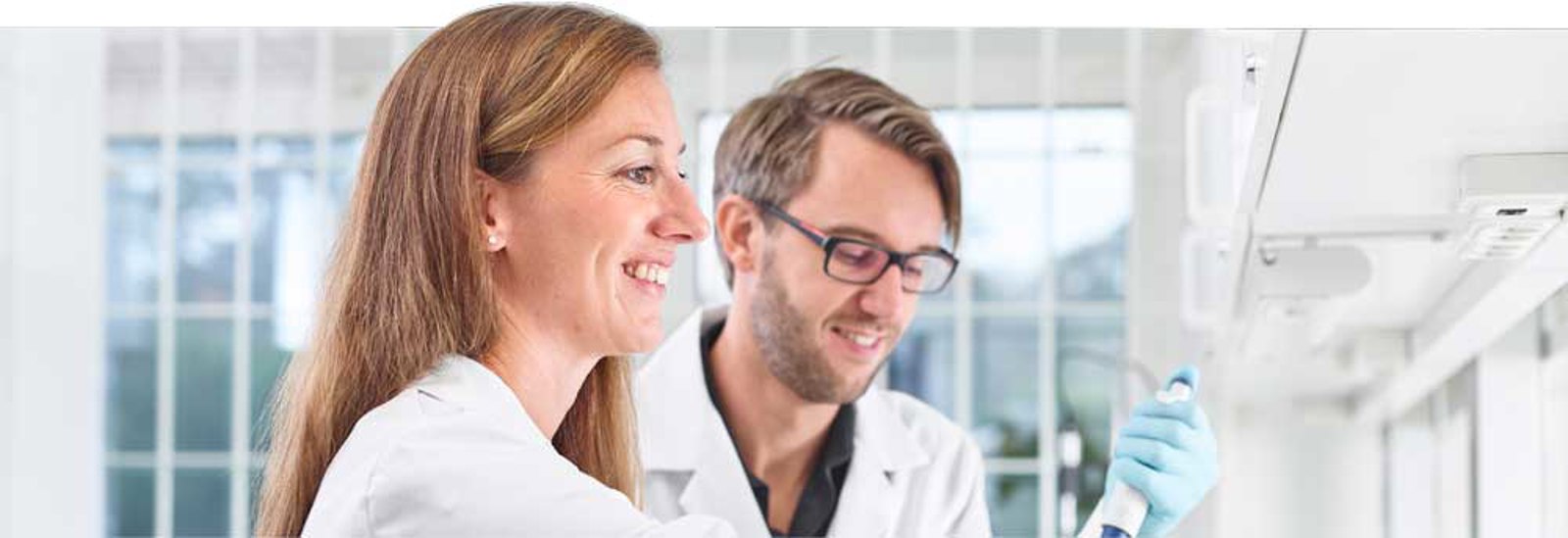Labtech
Companies in the Labtech business are active in the market areas diagnostics, biomedical research and laboratory equipment.
As of April 1, 2021, the Biomedica companies are included as a whole in the business area Labtech. The aim is that such an allocation is more consistent with how the companies are monitored internally and will better capture the growth opportunities in the companies. All key financial indicators have been recalculated in accordance with the new breakdown. Previously, the Biomedica companies were distributed with 60 percent in Labtech and 40 percent in Medtech.

| 3 months ending | 6 months ending | 12 months ending | ||||||
|---|---|---|---|---|---|---|---|---|
| MSEK | 30 Jun 21 | 30 Jun 20 | change | 30 Jun 21 | 30 Jun 20 | change | 30 Jun 21 | 31 Dec 20 |
| Net sales | 1,169 | 821 | 43% | 2,394 | 1,509 | 59% | 4,504 | 3,619 |
| EBITA | 280 | 125 | 123% | 556 | 203 | 174% | 975 | 622 |
| EBITA-margin, % | 23.9% | 15.3% | 23.2% | 13.4% | 21.6% | 17.2% | ||
Labtech’s net sales increased by 43 percent in the second quarter to SEK 1,169m (821), which is entirely organic growth, however exchange rate changes had a negative impact of 3 percent. Net sales related to COVID-19 accounted for SEK 570m and organic growth, excluding COVID-19 amounted to 10 percent. EBITA increased by 123 percent to SEK 280m (125), corresponding to an EBITA-margin of 23.9 percent (15.3).
Labtech’s net sales increased by 59 percent in the interim period to SEK 2,394m (1,509), which is entirely organic growth, however exchange rate changes had a negative impact of 6 percent. Net sales related to COVID-19 accounted for SEK 1,110m and organic growth, excluding COVID-19 amounted to 9 percent. EBITA increased by 174 percent to SEK 556m (203), corresponding to an EBITA-margin of 23.2 percent (13.4).
|
Dynamisk graf:
|
Dynamisk graf:
|
The Labtech business area reports a very strong second quarter, driven by continued high demand related to COVID-19. The spread of the third wave of the disease fell sharply throughout Europe in the middle of the quarter, and sales of COVID-19 related products therefore gradually declined in May and June. As the number of new cases drops, the opportunities to meet with customers and provide service and training are increasing.
Overall, sales in our diagnostics companies have been very high for COVID-19 PCR tests on previously installed instruments, especially in our companies in Sweden and Norway. Gradually, however, both volumes and prices of tests have declined in the quarter, which is most evident in Central and Eastern Europe. Future sales of COVID-19 tests are entirely dependent on the development of the pandemic, new mutations and changing requirements for testing in order to gradually restart society. What is clear, however, is that testing will continue for a long time and become more and more of a "routine test" for health services. Growth in the quarter excluding COVID-19 related sales was also strong. Sales of blood gas analysis reagents were at a high level overall in the quarter. As healthcare resources are reprioritised, demand has increased for tests in other areas, such as Alzheimer's, genetics and oncology.
Our research companies also had a strong quarter in terms of sales, since virus research activity is high with strong demand for products for gene sequencing of new COVID-19 mutations. Demand from our pharmaceutical customers who do not focus on COVID-19 is more normal and sales are stable. In general, many customers have postponed their investment decisions because of the pandemic. We do not consider such business to be lost, but rather it has been delayed. A very positive trend in the quarter is that sales of our own advanced instruments started up again and were high, especially in the US, Europe and Asia outside China.